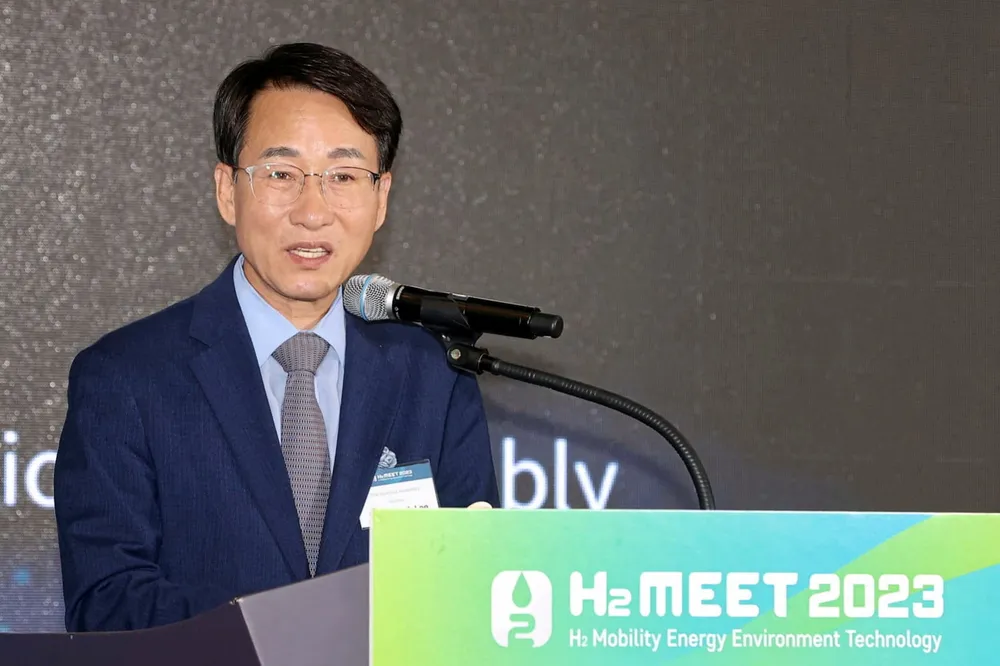South Korea's lack of green hydrogen may put key industries in a 'precarious situation', warns legislator
Carbon border taxes could make steel and petrochemicals uncompetitive internationally without further government support, conference told

Carbon border taxes could make steel and petrochemicals uncompetitive internationally without further government support, conference told
